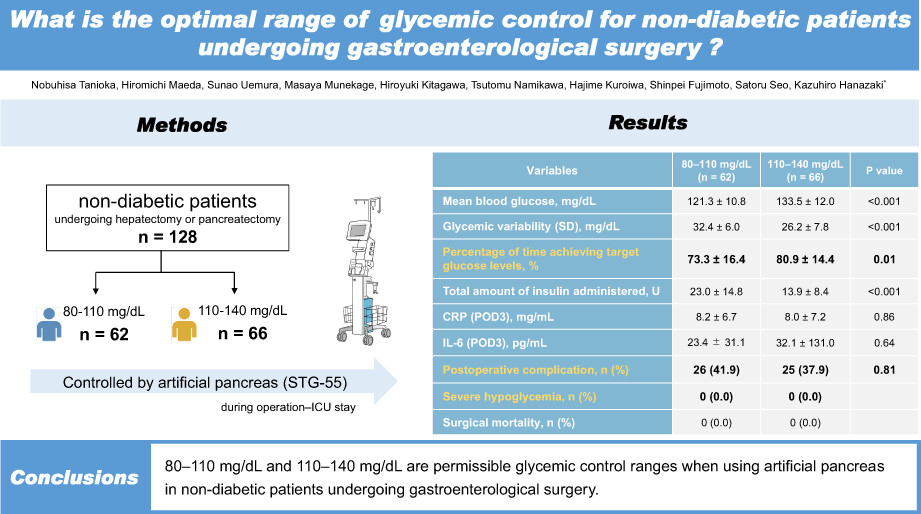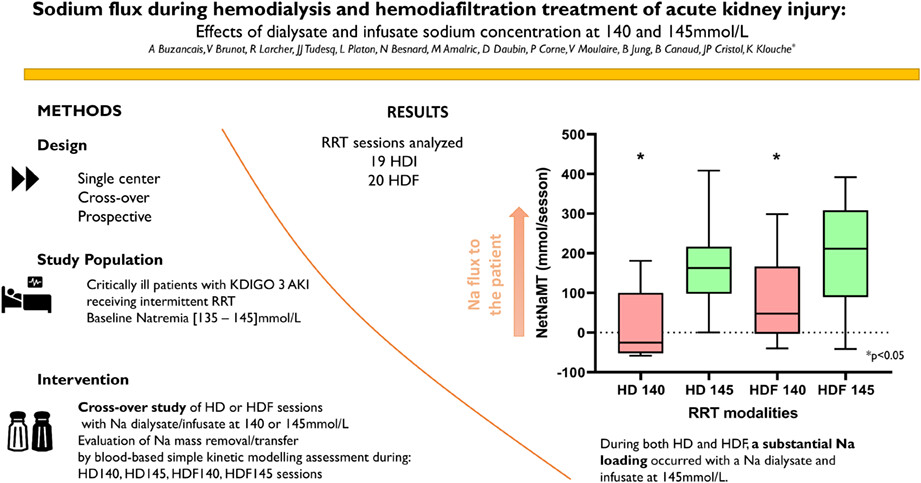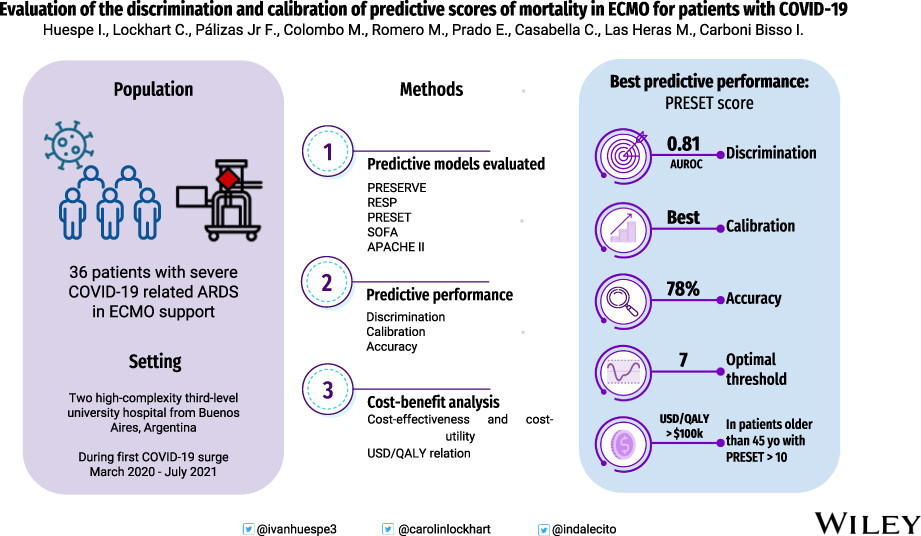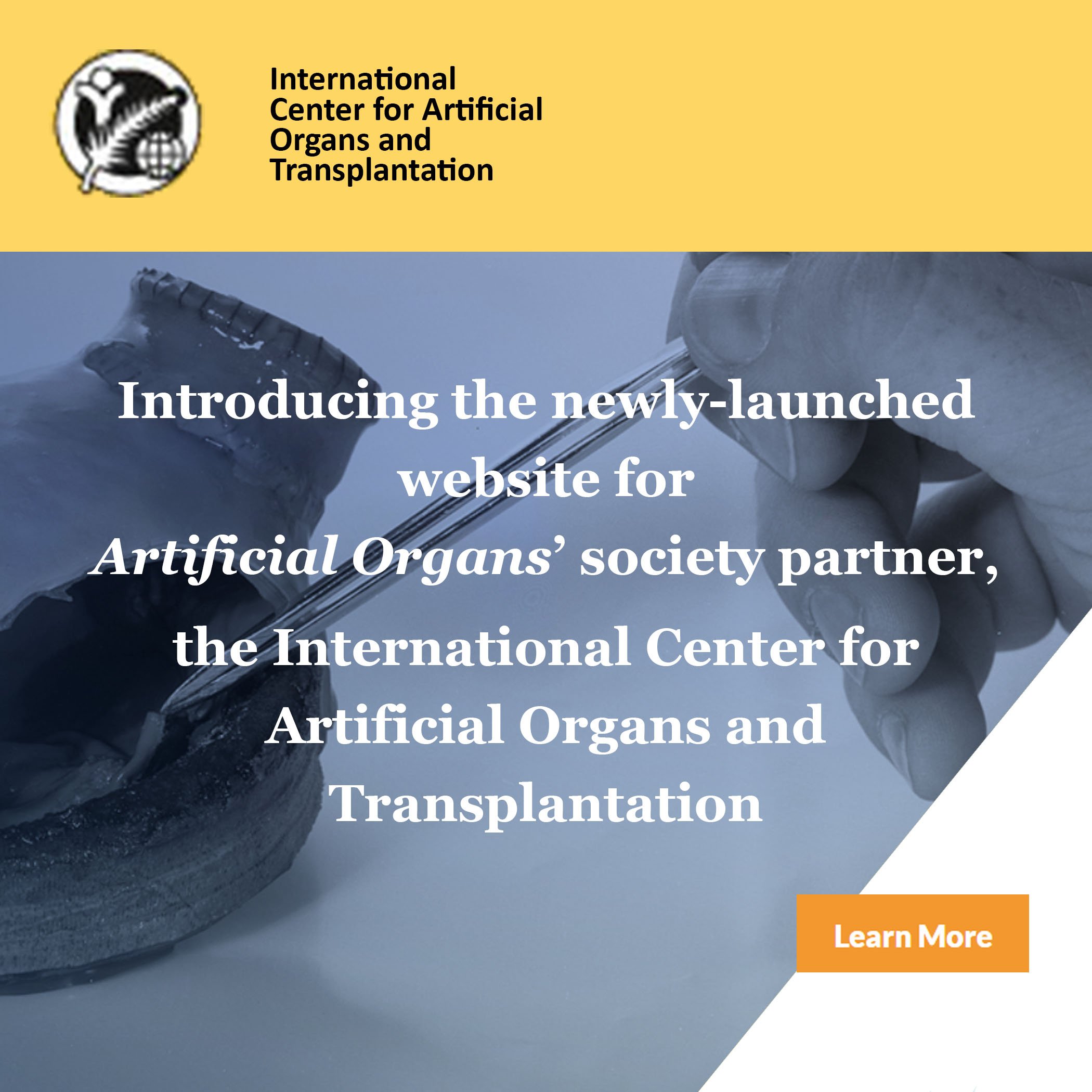Journal list menu
Export Citations
Download PDFs
COVER IMAGE
Cover Image
- Page: i
- First Published: 15 June 2023
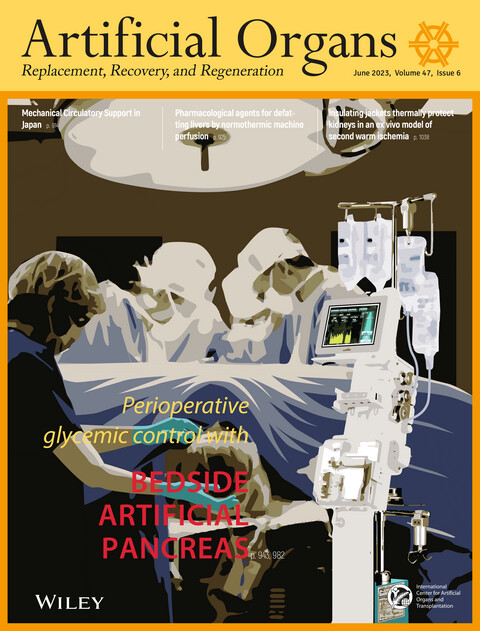
To illustrate large life support equipment such as a bedside artificial pancreas, it was important to take a different approach and render this technology in a realistic setting at the patient's bedside. We thought that the application of a bedside artificial pancreas would be best highlighted by placing it during the actual operative process, as part of the specific equipment needed for surgery.
ISSUE INFORMATION
NEWS
IN BRIEF
IN FOCUS
Three-dimensional bioprinting of artificial organs: How close are we to its clinical application?
- Pages: 912-913
- First Published: 28 April 2023
INVITED REVIEW
Mechanical circulatory support for adults in Japan: A 10-year perspective
- Pages: 914-924
- First Published: 04 May 2023
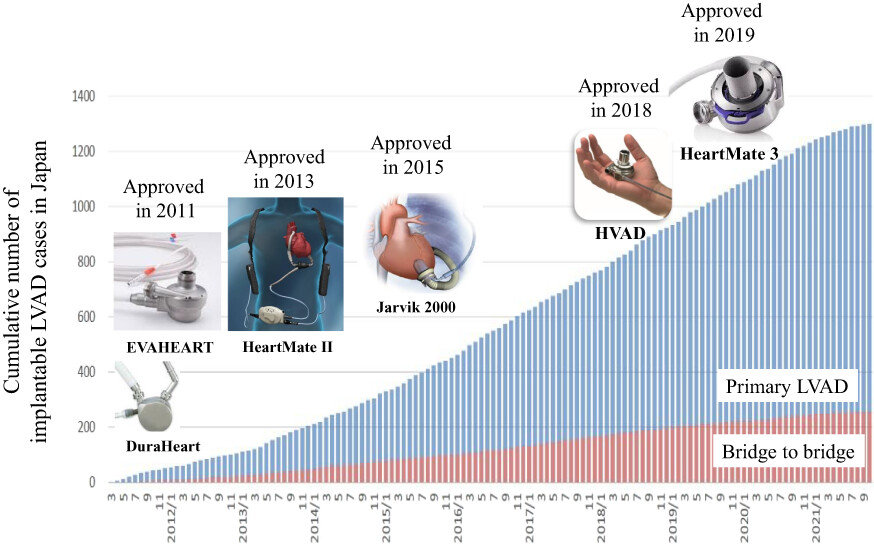
Cumulative number of implantable LVAD cases in Japan. Six different types of implantable LVADs have been approved and implanted in 1299 patients between April, 2011 and October, 2021. LVADs were implanted as a primary LVAD in 956 patients (indicated by blue) and as a bridge to bridge in 256 patients (indicated by red). The J-MACS (the Japanese registry for mechanical assisted circulatory support) followed each of these patients until LVAD explantation.
REVIEW
Pharmacological agents for defatting livers by normothermic machine perfusion
- Pages: 925-933
- First Published: 13 December 2022
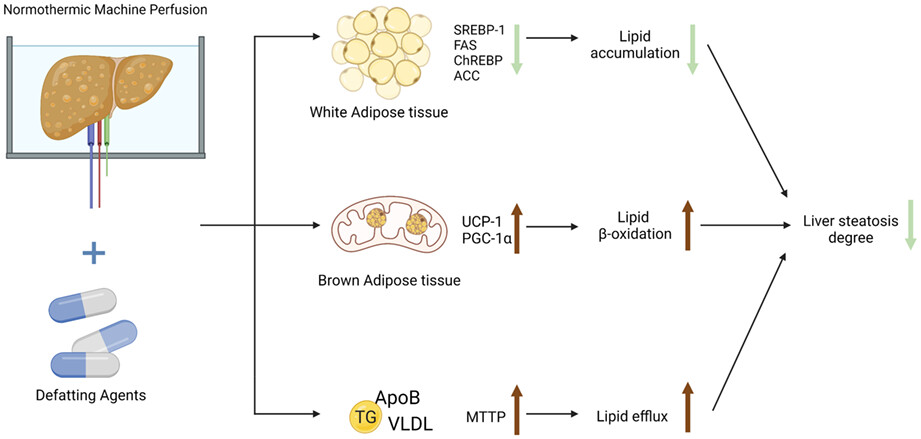
NMP provides an opportunity for liver treatment prior to liver transplantation and is extremely effective as a defatting platform with defatting drugs. It has been demonstrated that Nagrath's cocktail effectively defats steatosis livers with NMP; however, its controversial and carcinogenic components may limit its clinical application. Thus, the combination of a defatting cocktail with a novel component such as polyphenolic natural nutraceuticals could provide a novel pharmacological option.
SYSTEMATIC REVIEW
Microaxial circulatory support for percutaneous coronary intervention: A systematic review and meta-analysis
- Pages: 934-942
- First Published: 24 January 2023
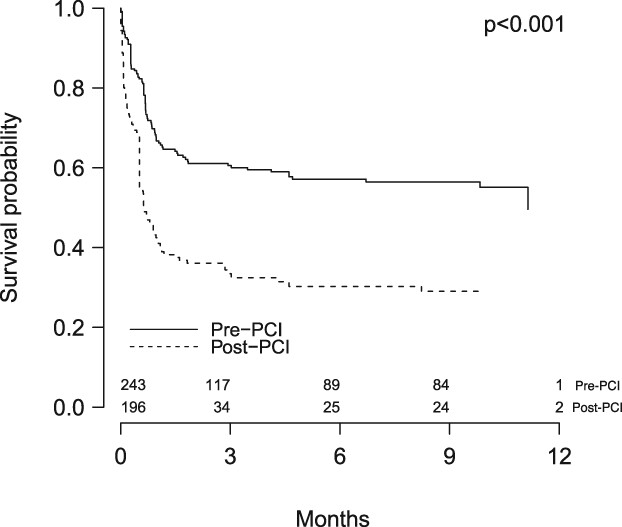
Pooling existing evidence on timing of Impella placement relative to percutaneous coronary intervention (PCI) for acute myocardial infarction complicated by cardiogenic shock (AMICS) showed similar baseline characteristics in patients supported by Impella before and after PCI. Notably, pooled Kaplan–Meier analysis showed better early survival in patients with AMICS who were supported with Impella before PCI. These findings highlight the importance of initiating Impella before PCI for AMICS despite perceived elevated risk in this patient population.
CLINICAL TRIAL
What is the optimal range of glycemic control for non-diabetic patients undergoing gastroenterological surgery? A single-center randomized controlled trial using an artificial pancreas
- Pages: 943-950
- First Published: 21 April 2023
MAIN TEXT
Preclinical evaluation of the fluid dynamics and hemocompatibility of the Corheart 6 left ventricular assist device
- Pages: 951-960
- First Published: 10 January 2023

Corheart 6 (Corheart) is a newly developed magnetically levitated continuous-flow left ventricular assist device currently undergoing multicenter clinical trials in China. Featuring a small size, minimal weight, and low power consumption, the Corheart aims to improve pump hemocompatibility, reduce adverse events, and enhance the quality of life of heart failure patients.
Venous chambers in clinical use for hemodialysis have limited capacity to eliminate microbubbles from entering the return bloodline: An in vitro study
- Pages: 961-970
- First Published: 03 January 2023
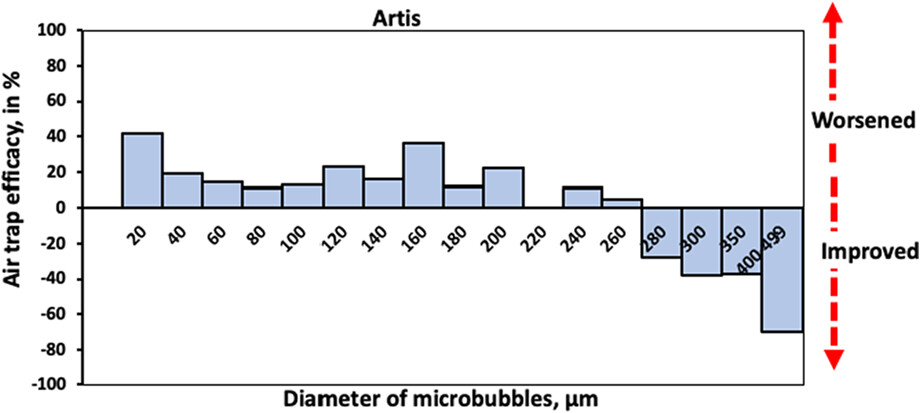
Hemodialysis extracorporeal circuits contain a venous chamber (air trap) that shall remove air-contaminating blood before returning to the patient. This in vitro comparison of air traps in clinical use shows their limited efficacy in eliminating microbubbles of various sizes. Improved technology is needed for better elimination capacity.
Sodium bicarbonate alters protein stability and blood coagulability in a simulated Impella purge gap model
- Pages: 971-981
- First Published: 12 January 2023
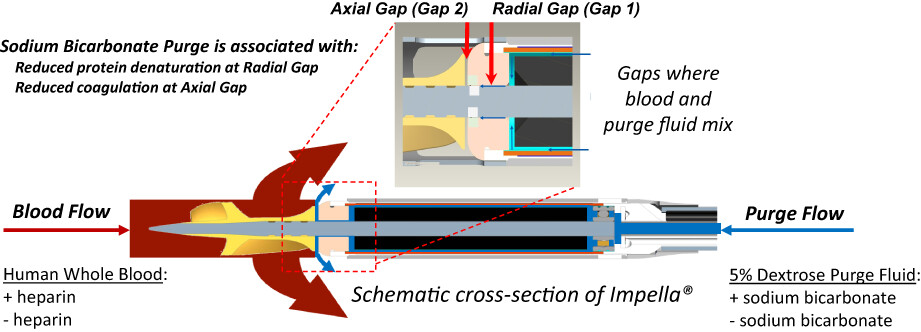
The Impella® microaxial blood pumps currently utilize purge fluid containing heparin to prevent biofouling of internal surfaces. Our findings demonstrate that sodium bicarbonate in the purge fluid has the potential to significantly increase protein stability and reduce protein denaturation at the Impella® radial gap, while reducing blood coagulation at the Impella® axial gap. The influence of sodium bicarbonate on the biochemical micro-environment of the purge fluid gaps may ensure purge flow stability in the absence of heparin and play a synergistic or supportive role in the purge gap micro-environment when used with systemic anticoagulation.
Effect of intensive insulin therapy on inflammatory response after cardiac surgery using bedside artificial pancreas: A propensity score-matched analysis
- Pages: 982-989
- First Published: 11 October 2022
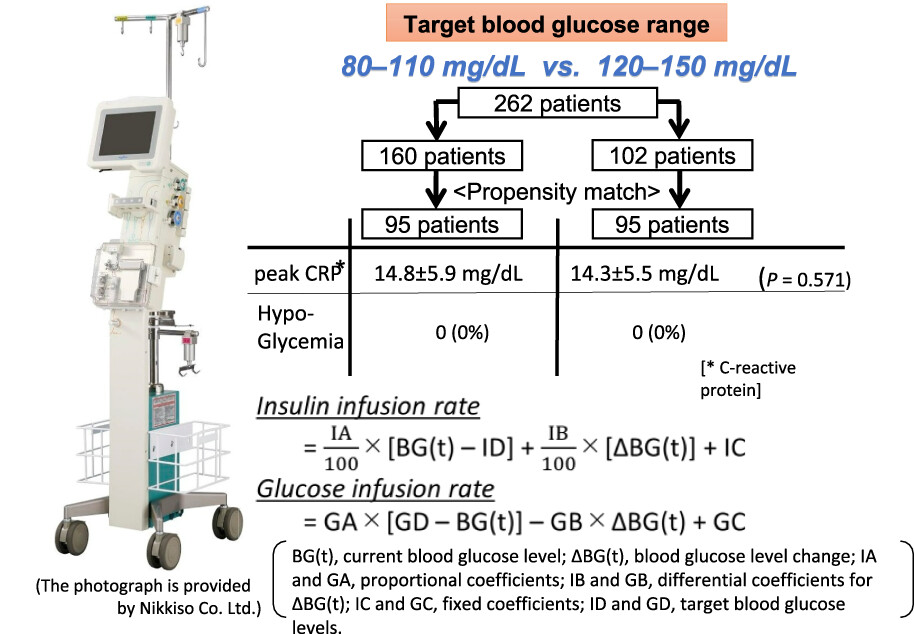
Perioperative hyperglycemia leads to poor postoperative clinical outcome. Our study compared the postoperative inflammatory response of the two blood glucose target ranges after cardiac surgery, using the bedside closed-loop glycemic control system known as artificial pancreas. Intensive insulin therapy (target blood glucose range: 80–110 mg/dl) may not further suppress postoperative inflammation compared with mild glycemic control (target range: 120–150 mg/dl). However, intensive insulin therapy using an artificial pancreas was found to be safe, with no hypoglycemic events.
Control of blood glucose levels by an artificial pancreas in patients with severe coronavirus disease 2019 pneumonia
- Pages: 990-998
- First Published: 28 November 2022
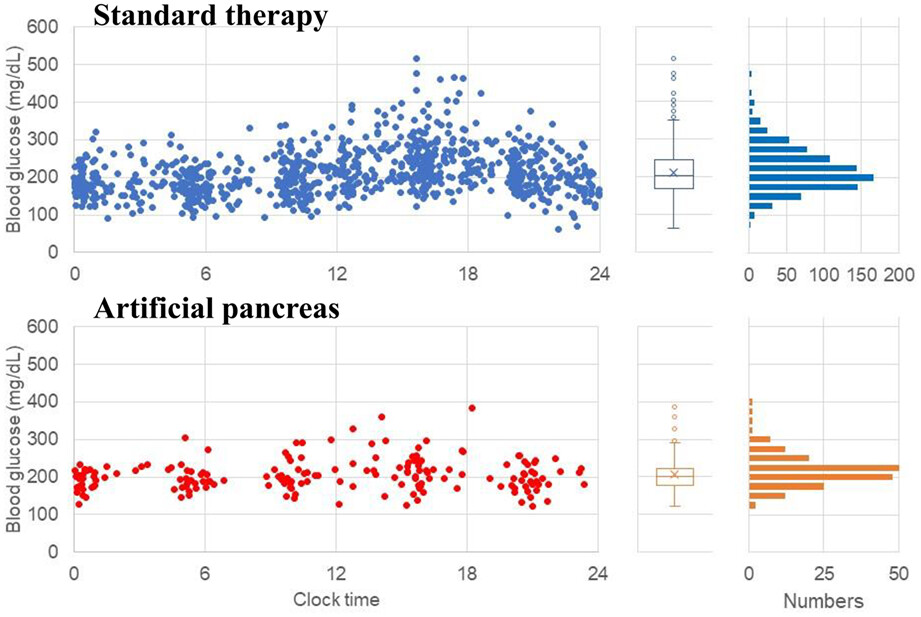
Many patients with severe coronavirus disease 2019 pneumonia suffer from hyperglycemia derived from stress by the viral infection, comorbidity of diabetes mellitus, parenteral nutrition, and glucocorticoid use. This study aimed to compare the blood glucose status of the artificial pancreas with that of standard therapy with intravenous insulin infusion. The rate of achieving the target blood glucose range was higher when using the artificial pancreas than standard therapy.
Sodium flux during hemodialysis and hemodiafiltration treatment of acute kidney injury: Effects of dialysate and infusate sodium concentration at 140 and 145 mmol/L
- Pages: 999-1006
- First Published: 17 December 2022
Evaluation of the discrimination and calibration of predictive scores of mortality in ECMO for patients with COVID-19
- Pages: 1007-1017
- First Published: 29 December 2022
Comparing left ventricular assist device inflow cannula angle between median sternotomy and thoracotomy using 3D reconstructions
- Pages: 1018-1028
- First Published: 29 December 2022
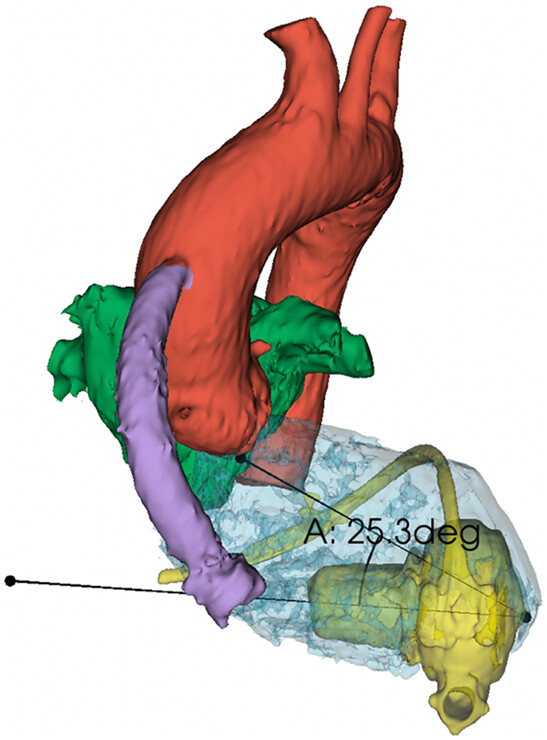
The increased visualization of the ventricular apex offered by a thoracotomy incision may allow for improved inflow cannula positioning during LVAD implantation. 3D reconstructions were modeled from CT scans, revealing a more optimal inflow cannula angle among those implanted via thoracotomy, with a median angle of 16.3 degrees away from the mitral valve, compared to 23.2 degrees in those implanted via sternotomy (p < 0.01). However, this difference was not reflected in rates of pump thrombosis or stroke.
THOUGHTS & PROGRESS
Quality and readability of online patient information on the left ventricular assist device
- Pages: 1029-1037
- First Published: 07 December 2022

This study of 38 patient-oriented websites on the LVAD found the variable quality and difficult readability of information using four validated assessment tools. Websites from academic institutions received the lowest quality scores as per the Journal of the American Medical Association (JAMA) benchmark criteria and DISCERN instrument.
Insulating jackets thermally protect kidneys in an ex vivo model of second warm ischemia
- Pages: 1038-1045
- First Published: 19 December 2022
CASE SERIES
Feasibility of pump-controlled retrograde trial off in weaning from veno-arterial ECMO in adults: A single-center case series
- Pages: 1046-1058
- First Published: 03 April 2023
LETTER TO THE EDITOR
Implication to ventricular arrhythmia during continuous-flow left ventricular assist device supports
- Pages: 1059-1060
- First Published: 03 April 2023





